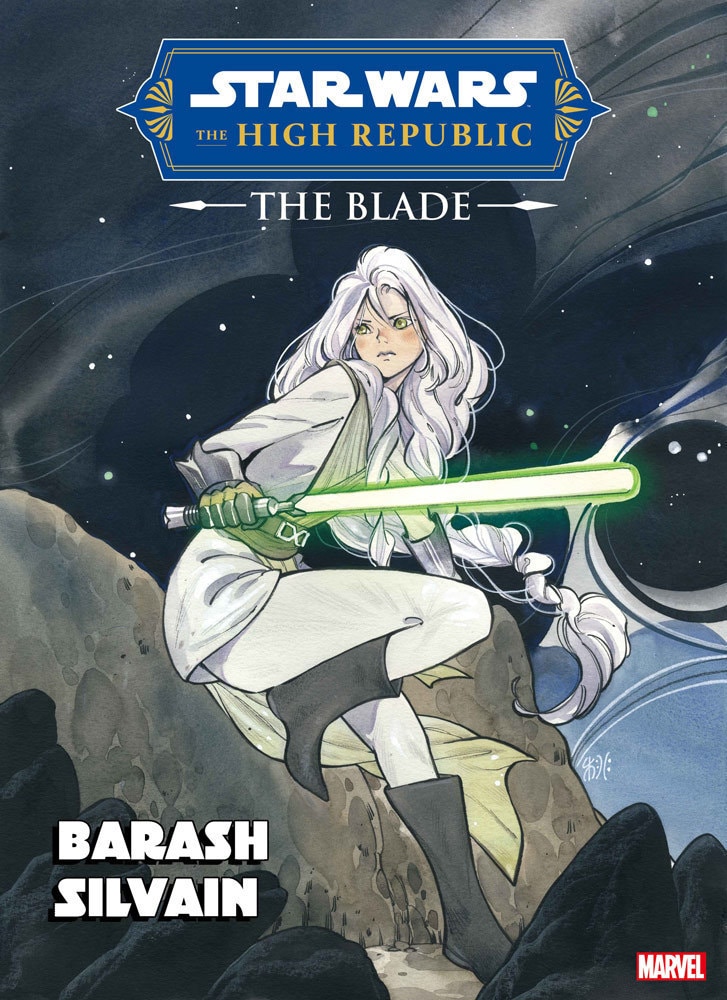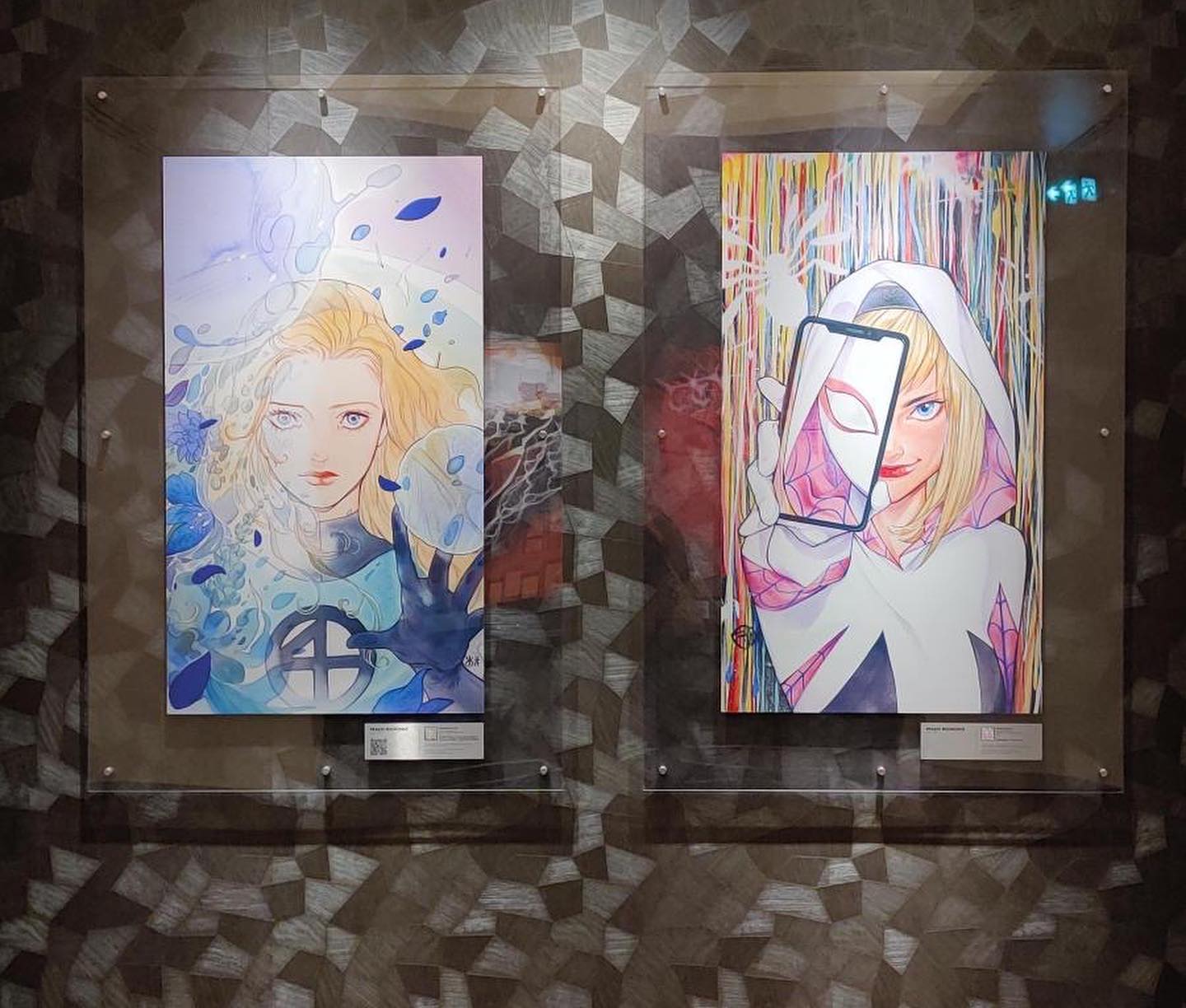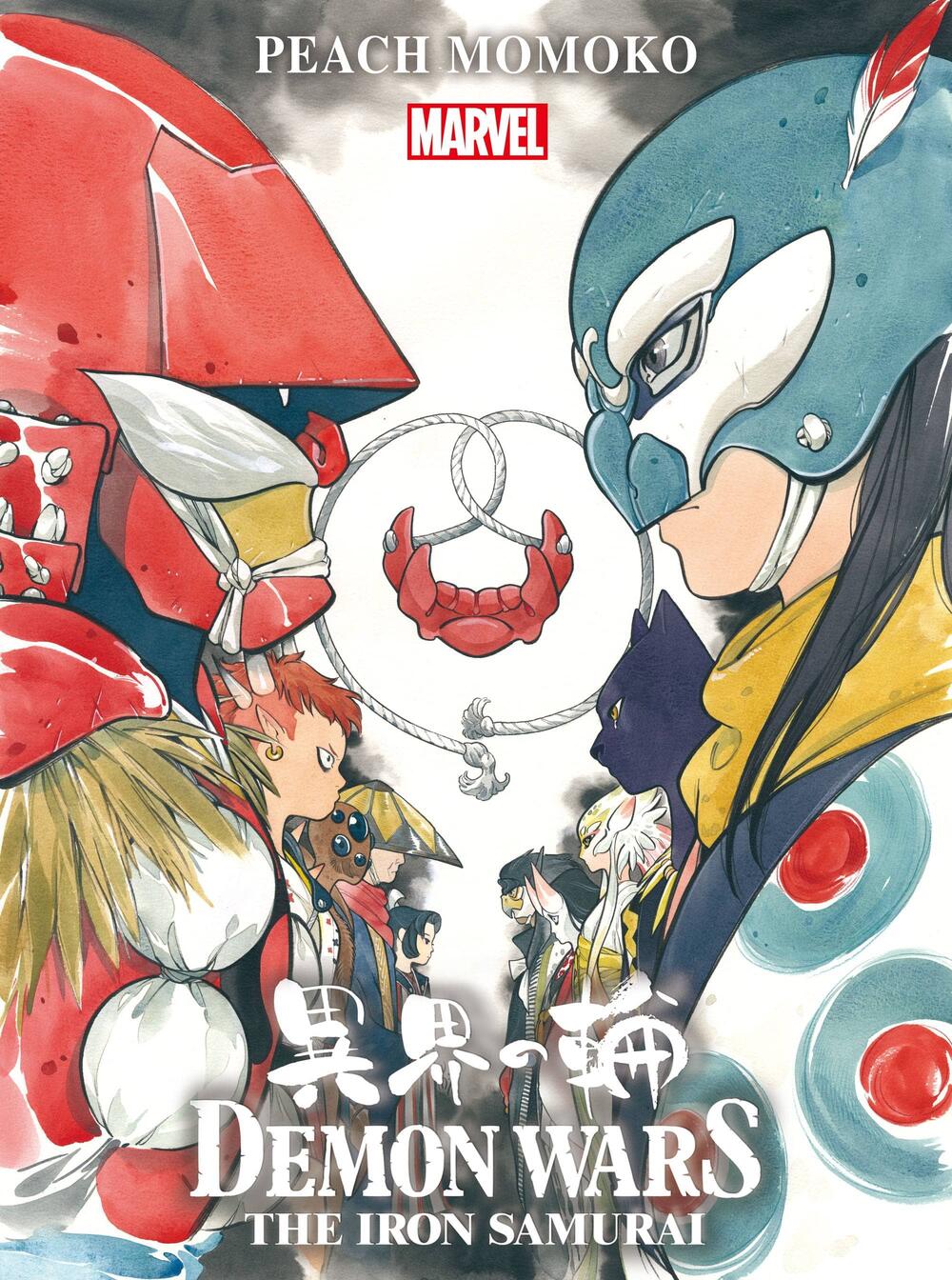Peach Momoko
Interview by David Cirone
December 1, 2021
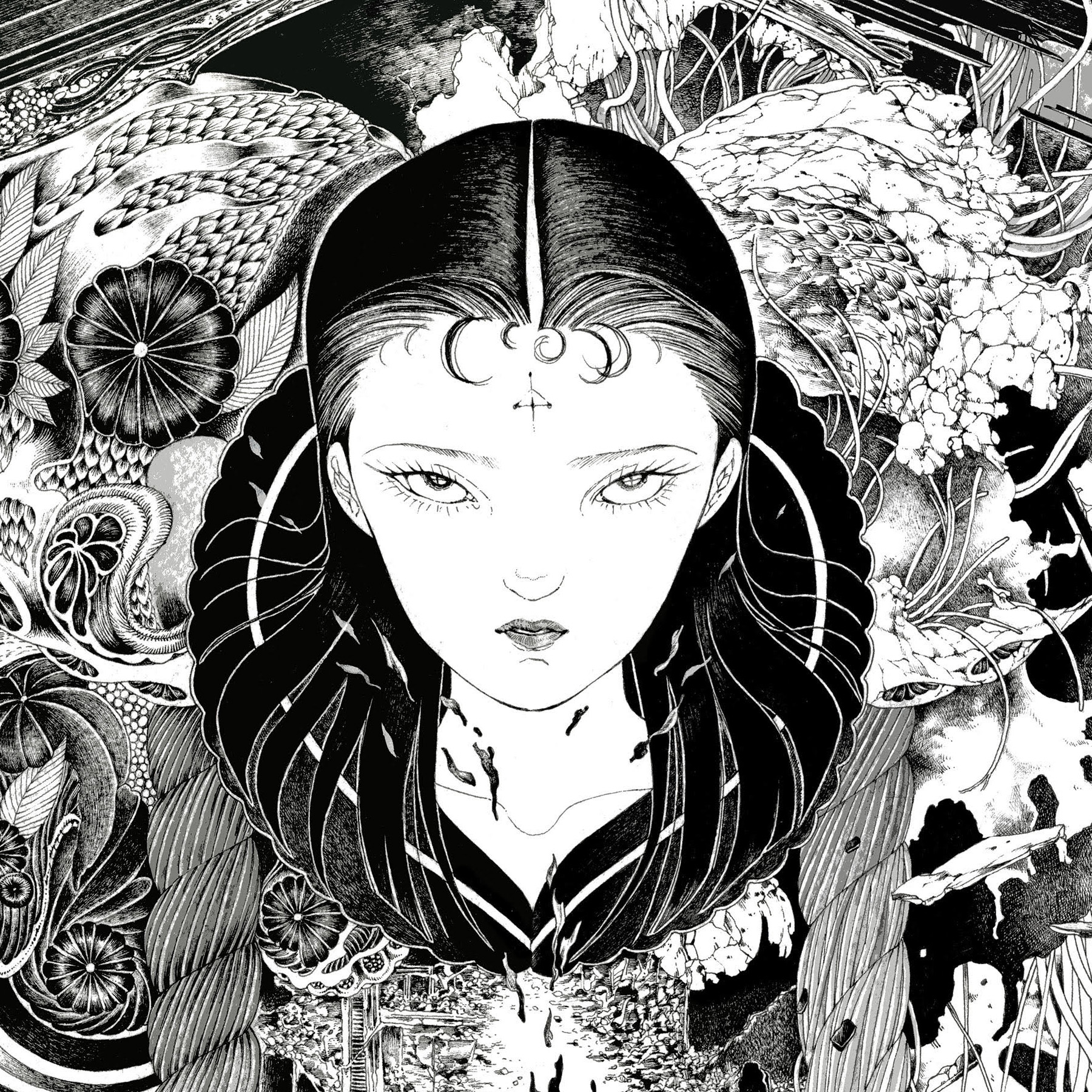
Eisner Award-winning artist Peach Momoko is one of the most prolific cover artists working in comics today. From her storytelling debut in adult magazines like Heavy Metal to creating covers for numerous indie and major comics publishers, Momoko’s dynamic, colorful style and unique takes on popular characters have earned her a devoted international fan base.
Currently, Momoko is one of Marvel’s Stormbreaker group of rising-star cover artists, creating stunning portraits for Upper Deck’s line of Marvel trading cards and Marvel’s upcoming Marvel Multiverse RPG.
Her signature title Demon Days transports Marvel characters to Japan for a folklore-inspired adventure. We spoke to Momoko by phone just before the release of the fourth chapter – Demon Days: Rising Storm.
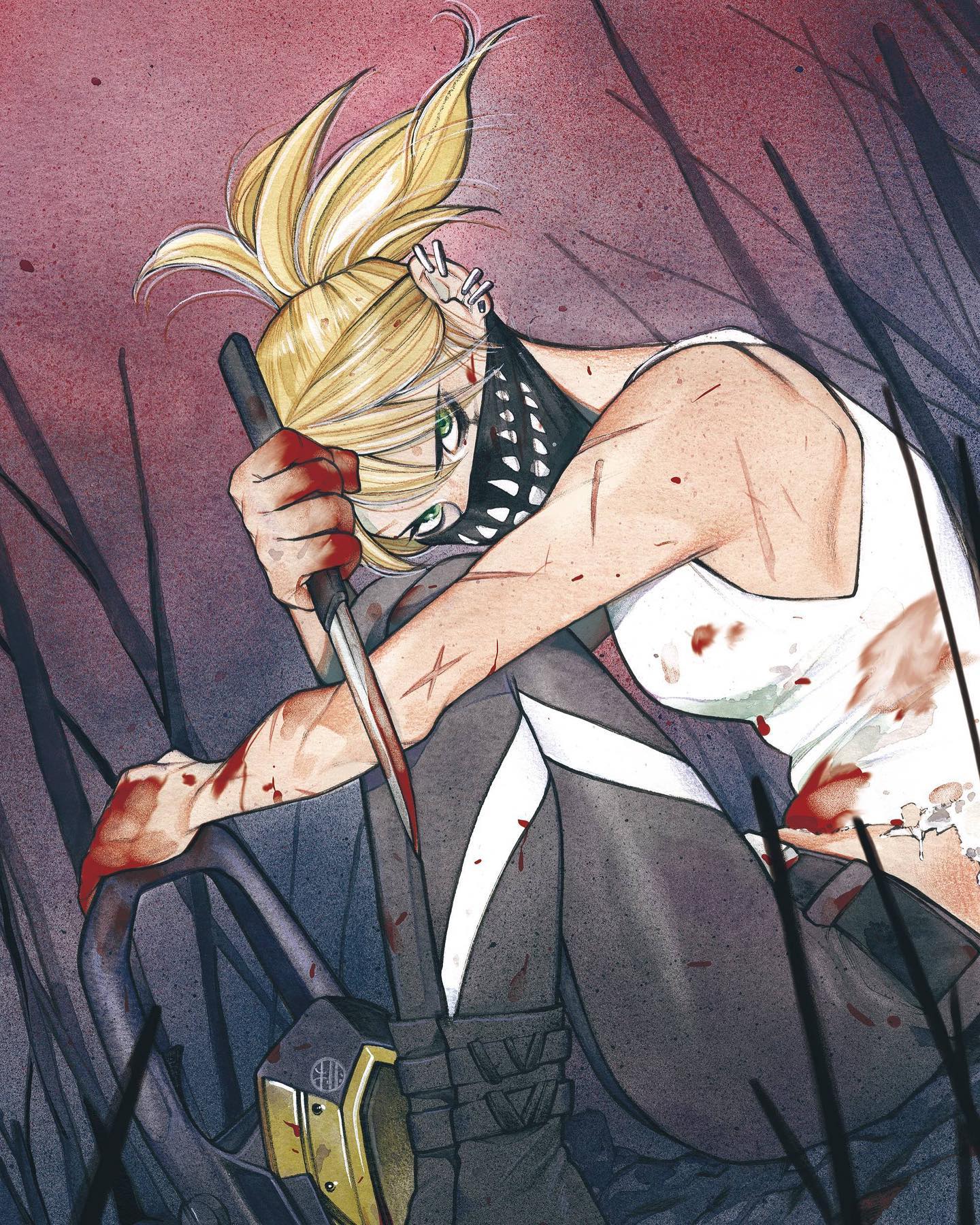
Congratulations on your Eisner Award for Best Cover Artist. What was your reaction when you heard the news?
Momoko: I had heard of the Eisner Award, and I’d hoped to win it someday, but certainly didn’t expect it. I was really surprised! Because of the time difference, I started to get messages and texts from my friends like Gurihiru and other artists right when the awards were being announced, and then later I got an official email that said “Congratulations!”
You’ve been very busy during the past year, with several covers coming out each month. How do you keep up your working pace and not get burnt out?
Momoko: Even I don’t even know how many I create, to be honest. My fans probably know more about that than I do. I’m not really keeping count. But keeping my motivation high is never a problem. I get anxious if I’m not drawing. Sometimes, I draw just to relax. I just stay home and barely go outside, and sometimes I watch movies and play video games to take a break. But in the end I always go back to drawing. So I don’t feel that I’ll ever get burnt out.
Now that you’re an Eisner winner, you’re in the same group as many famous artists. What comic book artists caught your attention when you started?
Momoko: I don’t really feel like I’m famous, so thank you for saying that. There are so many great artists I look up to. It’s really a long list. Adi Granov, for sure. He helped me so much getting into the industry and I really respect him a lot. I’ve also been watching Studio Ghibli films since I was young, and they have been one of my biggest influences.

You’ve mentioned before that you considered training as a tattoo artist. How much does that style of artistry influence your comic book work?
Momoko: Actually, I was never trained as a tattoo artist. But I really love that aesthetic. When I visited Portland, there was a tattoo artist I admired, and I began to think… maybe… possibly… this could be a career for me. But that was before my work in comics started to move forward. I never took any steps in that direction professionally, but I suppose that my style of line art could be considered similar to that.
You’ve also worked with erotic magazines in Japan and the U.S. Sometimes male artists get criticized for drawing female characters too sexy, but you have a different perspective as a woman. What do you enjoy about drawing sexy women, or women in horror situations?
Momoko: The type of characters I like in general are confident, erotic, sexy women. I understand the criticism of men drawing females too “sexy”, but personally I think it’s great to draw erotic women, regardless of an artist’s gender. When I try to draw an erotic pose or situation, it ends up becoming more about the confidence and strength of the character, so I guess those qualities are the same in my eyes.
That’s what got me into comics after all. I used to submit my work to many worldwide magazines – but the publisher at Girls and Corpses was the only one who responded. He published my work and that’s how I discovered the world of American comics and came to my first comic con event.
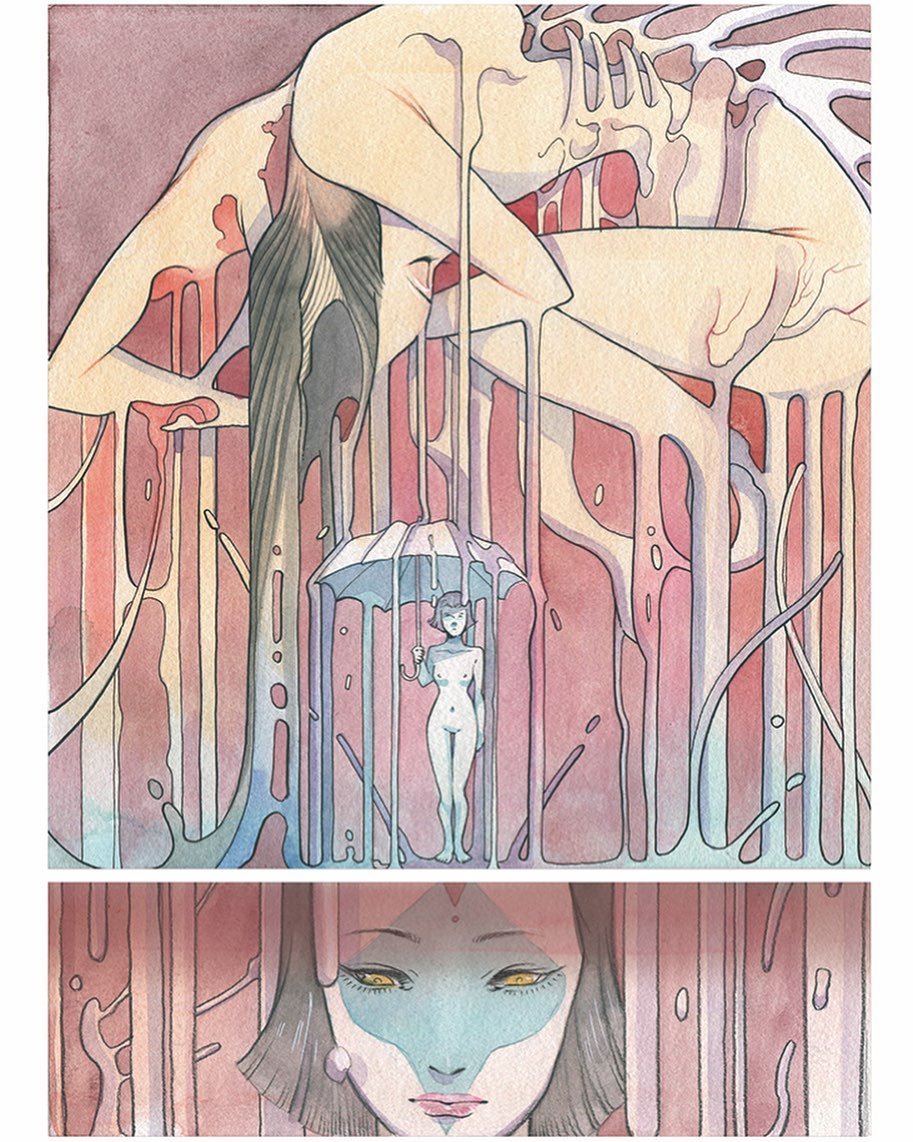
Many of your original drawings feature erotic or horror subjects. How does your style change when you work on these illustrations vs. when you work on American comics, which are more conservative?
Momoko: When I create a cover illustration, it’s always for a client, not for me. So I adapt to what the client needs, and whatever details or limitations come along with that will just naturally help decide the approach I take. When I’m working on my original pieces, I can go in different directions – I can draw when I’m feeling sad, down, tired, or listening to music, so the style is affected by whatever I’m experiencing at that moment. I actually feel happier and more energetic when I’m working on comic book covers – my mood gets lifted to match the style of the cover art.
The premier issue of Hulk that just came out has a gentle, innocent feel.
Momoko: It makes me happy when people say they like that kind of illustration. That’s closer to the art style of my original works than most comic covers.
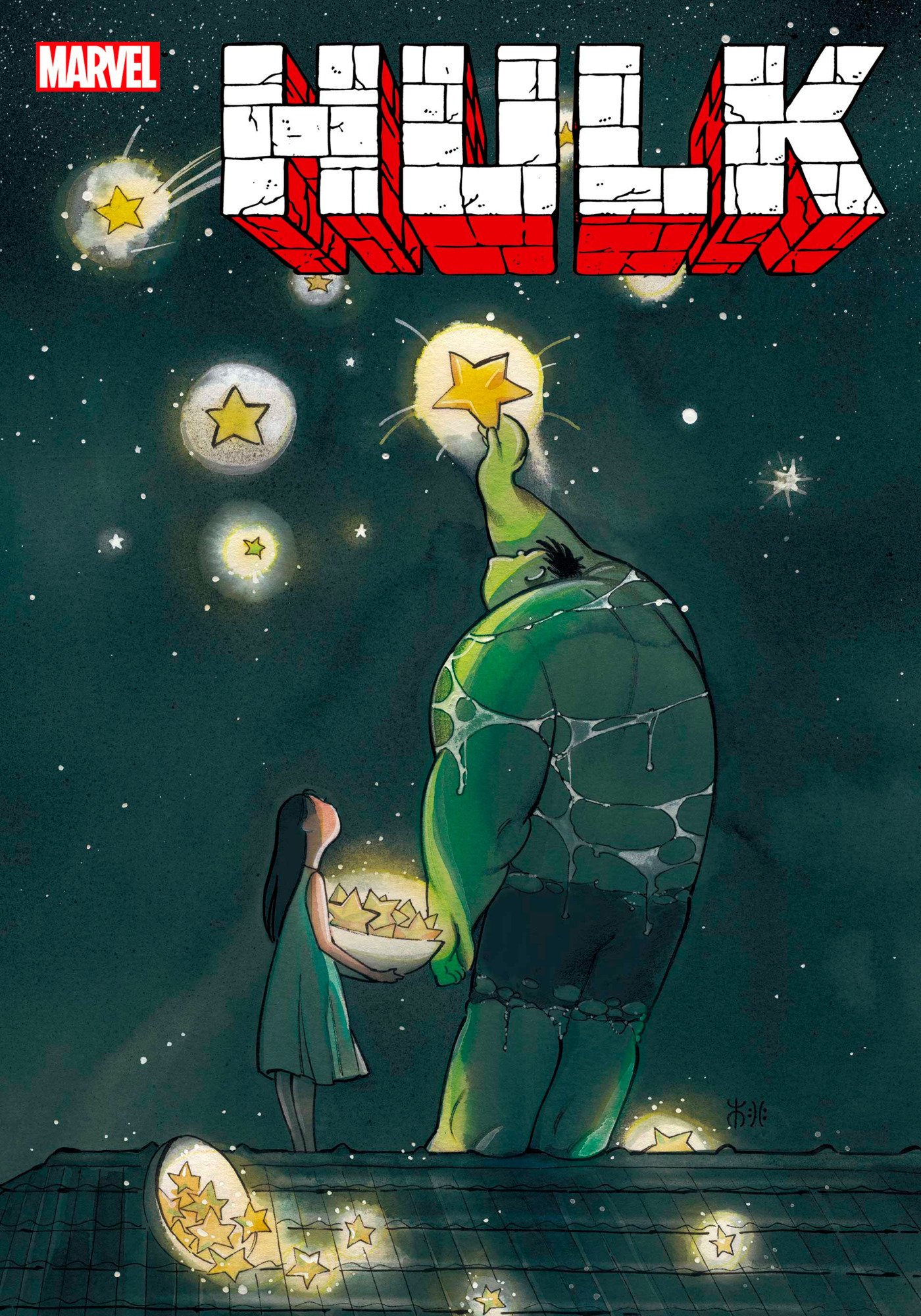
The big project you’re working on now is Demon Days, the Marvel series that you’re both writing and drawing. Do you separate those jobs completely, or do you alternate simultaneously as you go?
Momoko: I always decide the concept first, then I talk to the editor, and then I start creating the rough draft of the story and layouts. So the art and story end up emerging roughly at the same time. The editor and I will collaborate more after that, and after everything’s approved, I can move on to finalizing the issue and we adjust minor details after that.
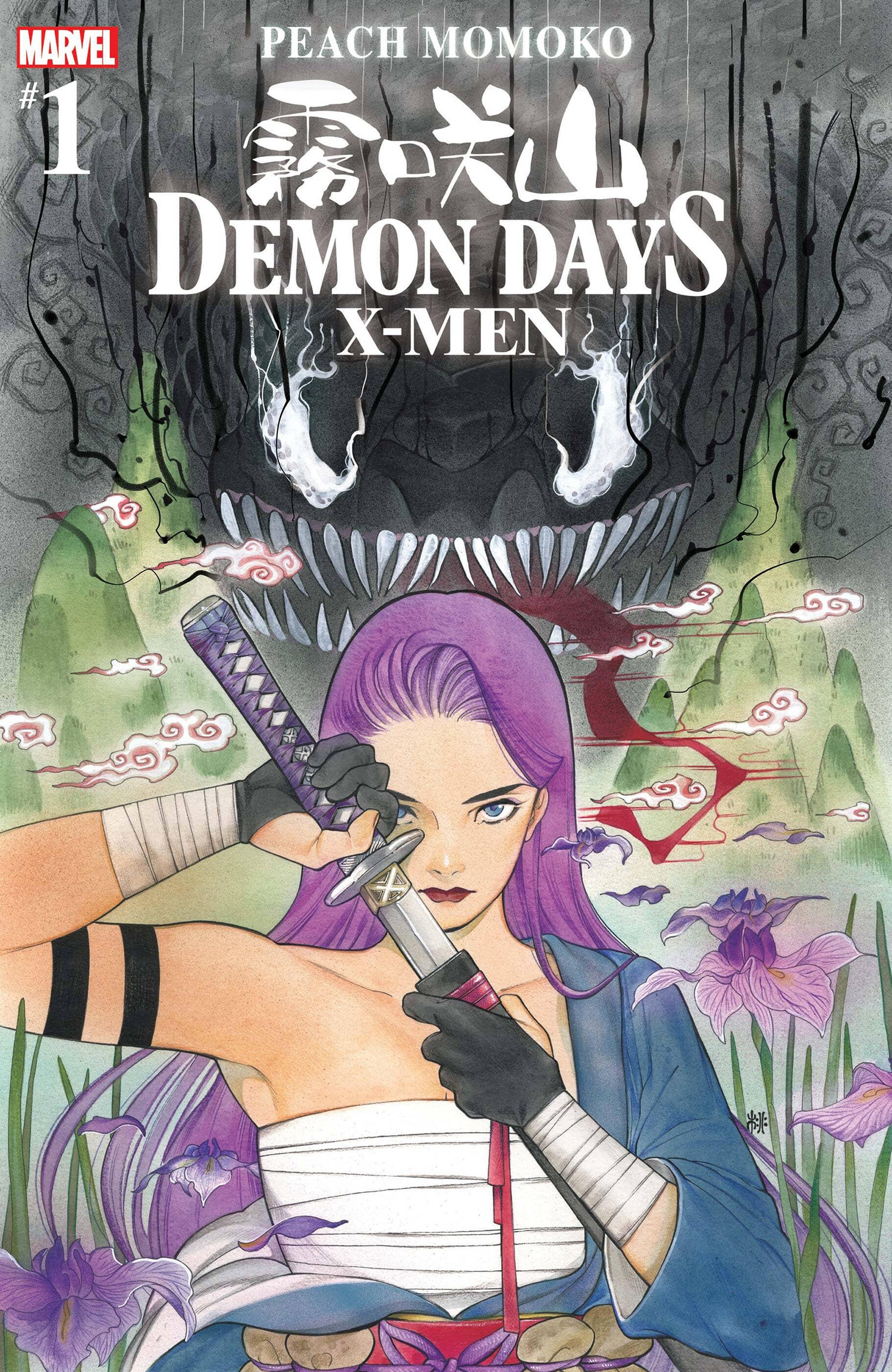
The characters in Demon Days connect to famous Marvel characters like Psylocke, Wolverine, Hulk, and Black Widow. How did you choose which characters you wanted to include in your story?
Momoko: Originally, I had several characters in mind that I wanted to use, and then I worked with Marvel and we shifted a few names to create the final cast of Demon Days. After that, I thought of which yokai characters would match. At first the story was very simple, but now it’s expanded and gotten a bit more complex. And more fun too.
In Demon Days, you introduce Japanese folklore and yokai on the very first page. In some scenes, you use hiragana and kanji in addition to English. When did you decide, “I want this to be a story that could only be set in Japan”?
Momoko: When I initially pitched the idea, I had just learned about the character Mariko Yashida (originally created by Chris Claremont and John Byrne), and I wanted to create my own version of her from a different point of view. I could have set the story in another country, but I don’t really know what it’s like to live in the U.S. or in Europe, so it wouldn’t feel authentic if I did that. Right from the beginning, I knew it had to be set in Japan.
Maybe soon we’ll start to see Mariko cosplayers at comic conventions.
Momoko: I really want to see that in person! When I visit a comic con again, for sure.
The black and white “Creator’s Cut” of Demon Days will be published in December. How do you adapt the vivid, bright colors of this story to be effective in black and white?
Momoko: Actually, this upcoming “Creator’s Cut” in black and white is more like a draft version – it might feel sort of incomplete if you look at like a regular comic book. You’ll get to see the artwork before the coloring process, along with some sketches and designs. When I’m working on layouts, I always know that later I’m going to add this color or that color, so I don’t normally use too much black. It’s always interesting to me to see how artists work through their process, so I hope the readers enjoy this the same way.
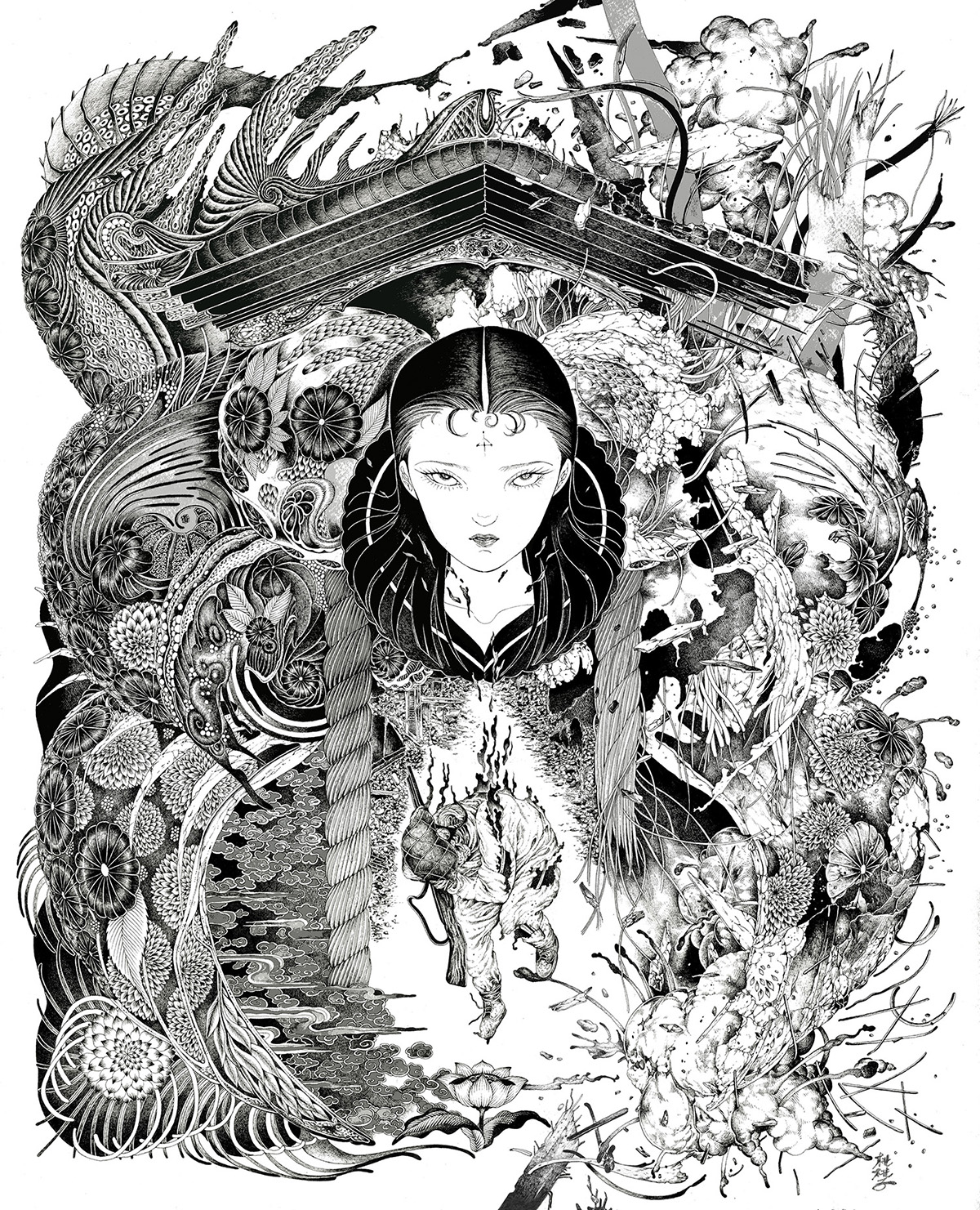
Besides yourself, other Japanese visual artists like Yoshitaka Amano, Takashi Okazaki, and Sana Takeda are creating cover art for American comic books. What style elements do you think Japanese artists contribute that are different from typical American superhero artwork?
Momoko: When it comes to art style, I have no idea. I don’t believe any country has a singular art style. Maybe it’s not really as different as it might seem at first. I think it’s interesting that there are so many Japanese artists on American comic covers – I’d like to see more Japanese artists involved in U.S. comics in the future.
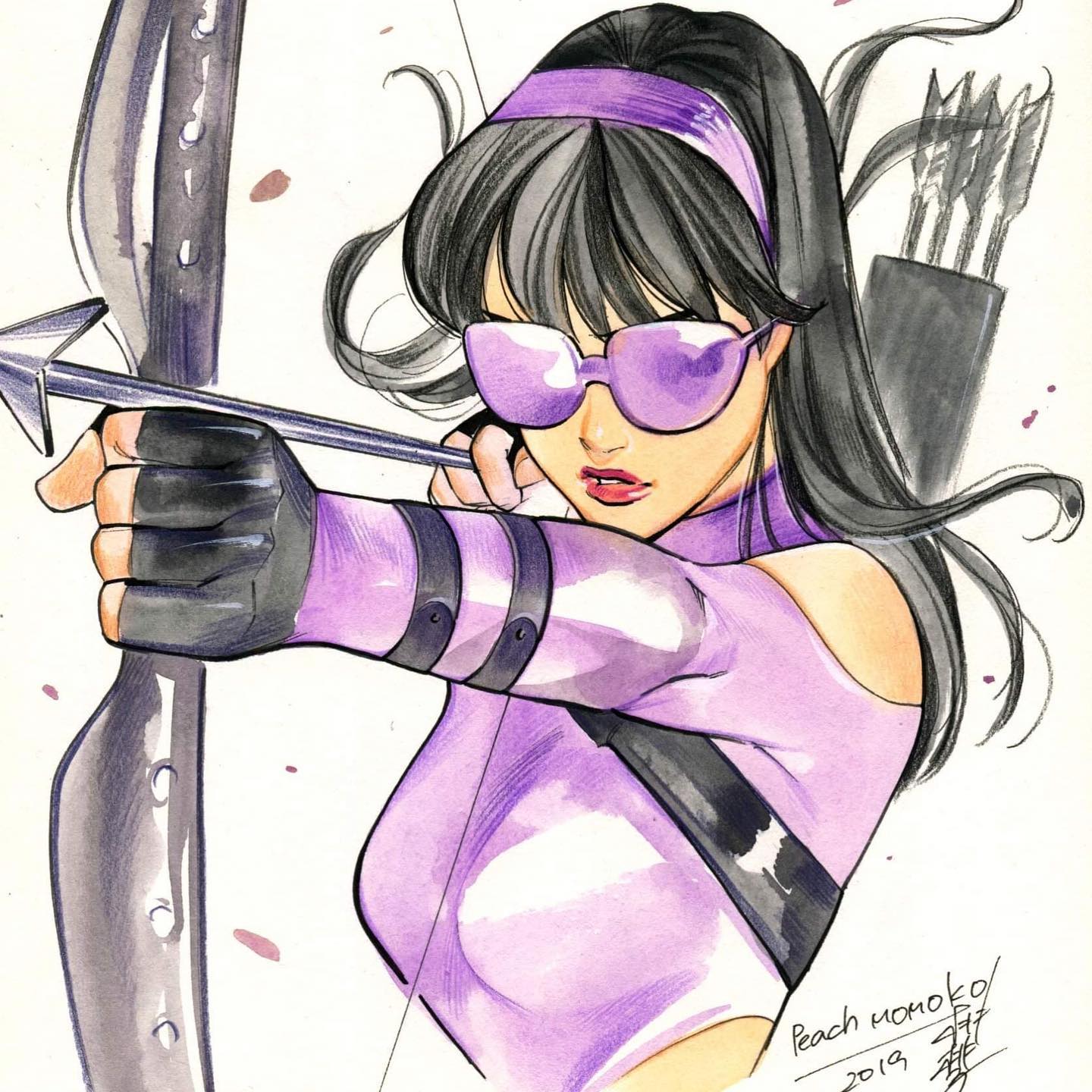
Even though you live in Japan, you seem to have a strong connection to many overseas artists. Prominent artists like Jenny Frison, Artgerm, David Mack, and J. Scott Campbell created covers for Demon Days, and you recently contributed artwork to the John Paul Leon Winter Men project. How do you feel about your relationship with this international artist community?
Momoko: I’m honored, really. I can’t believe so many talented people created covers for my book. I’ve met some of them in person at comic cons, and some I’ve met online. I just feel like a really lucky person.
What’s the next big project for you after Demon Days?
Momoko: I don’t know how to stop. I won’t be taking a break any time soon.
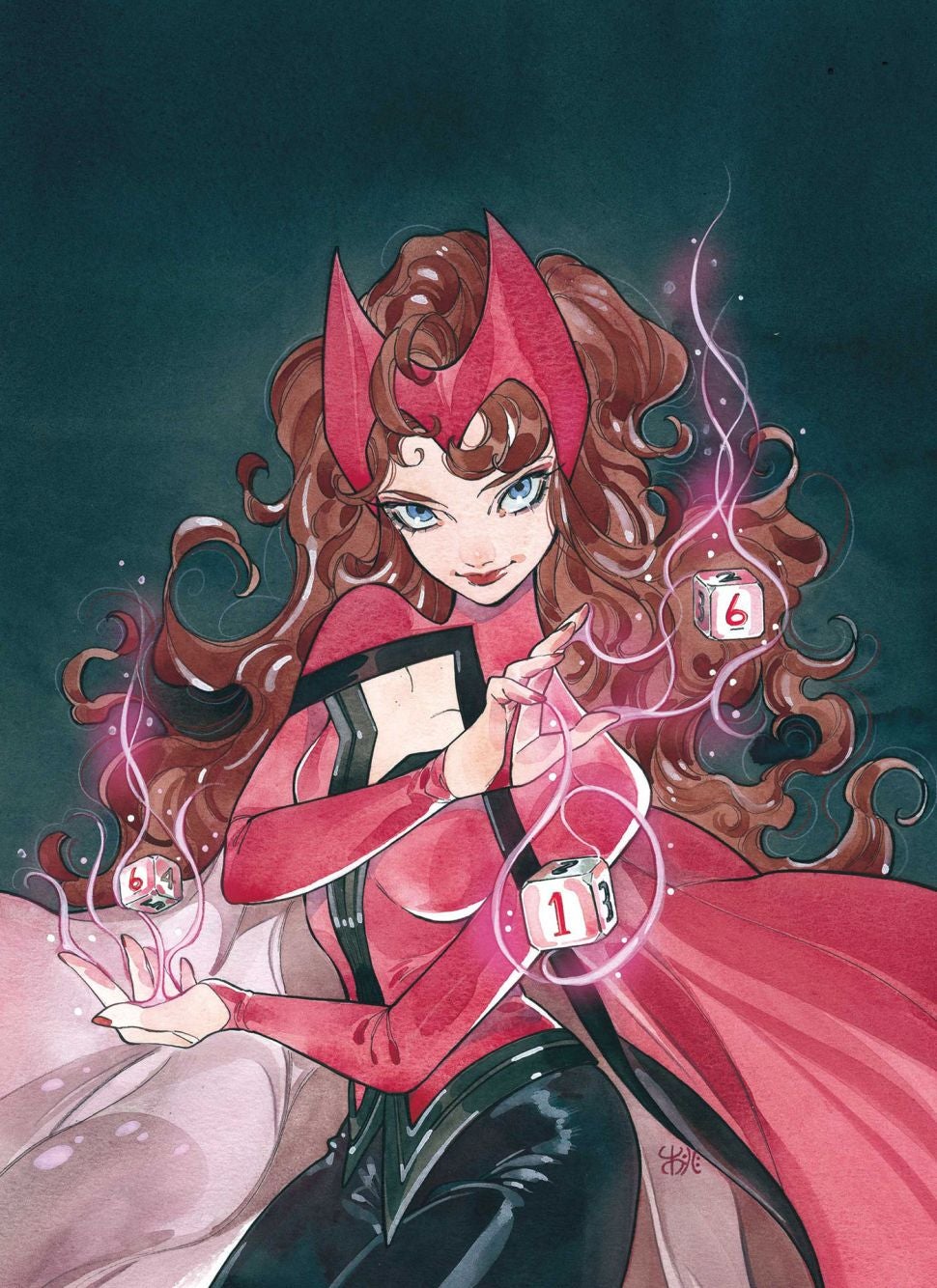
Demon Days: Rising Storm (pt. 4) – rel. December 2021
Demon Days: Blood Feud (pt. 5) – rel. March 2022
Demon Days Treasury Edition TPB (collecting parts 1-5) – rel. April 2022
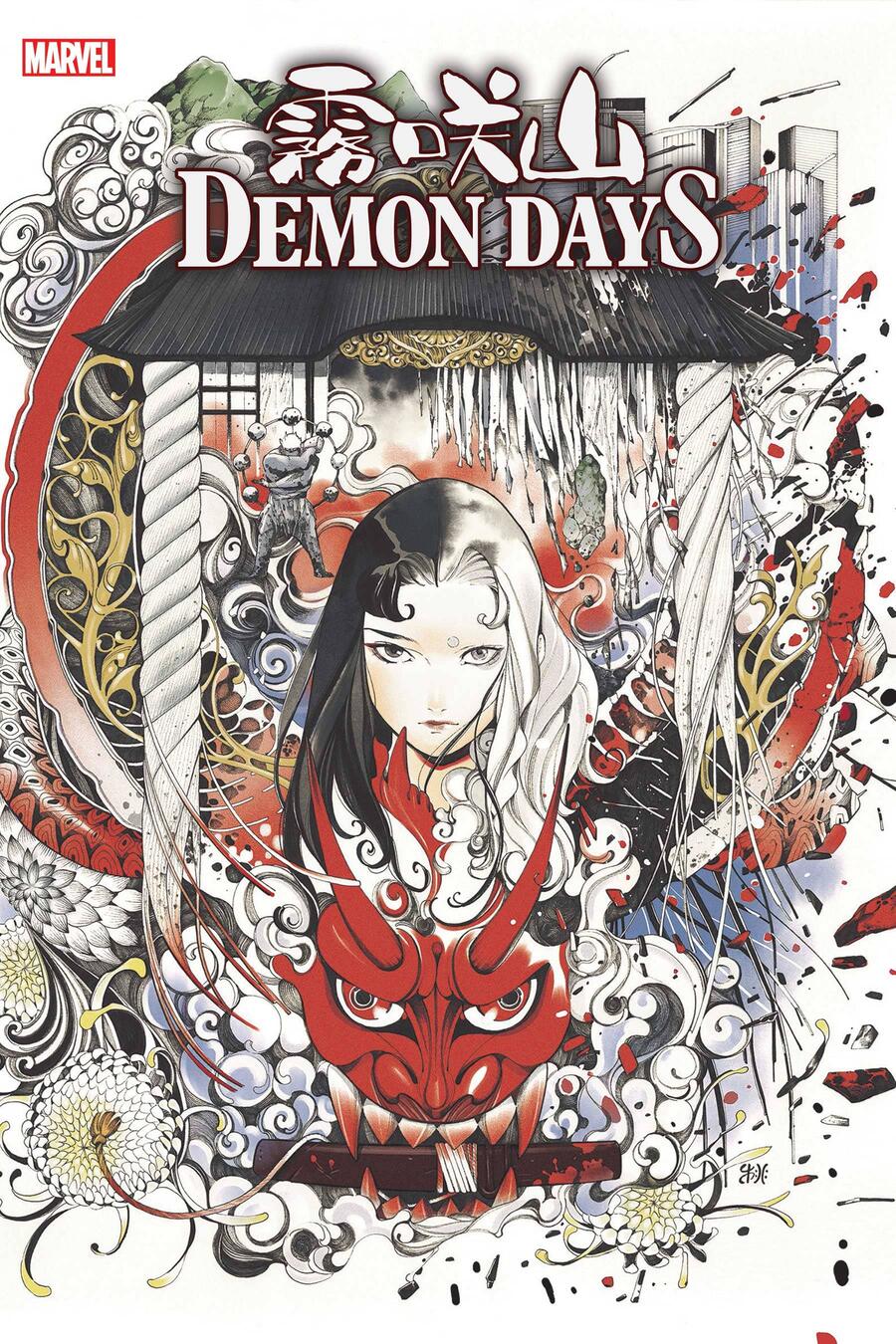
Official Website: https://peachmomoko.com/
Instagram: https://www.instagram.com/peachmomoko60/
Facebook: https://www.facebook.com/peachmomoko60
Twitter: https://twitter.com/peachmomoko60

